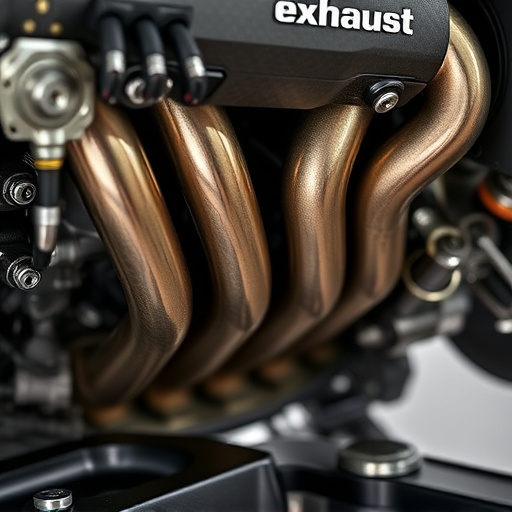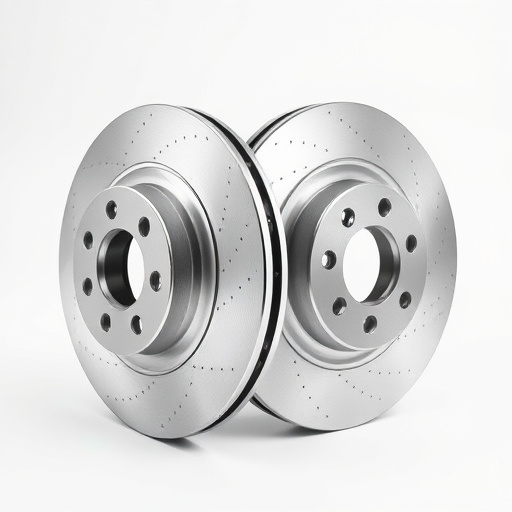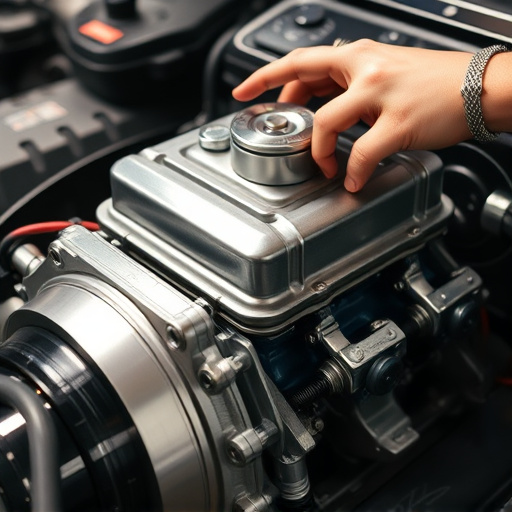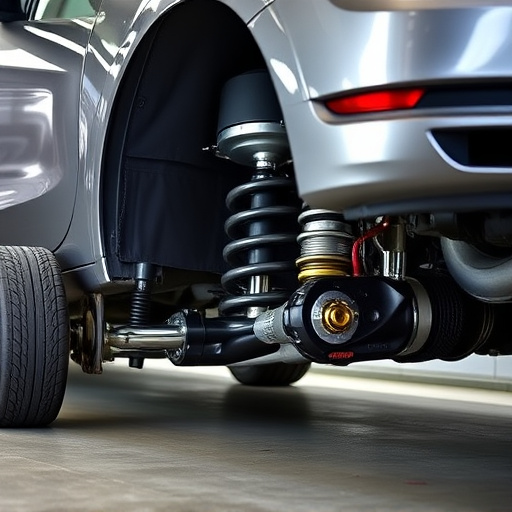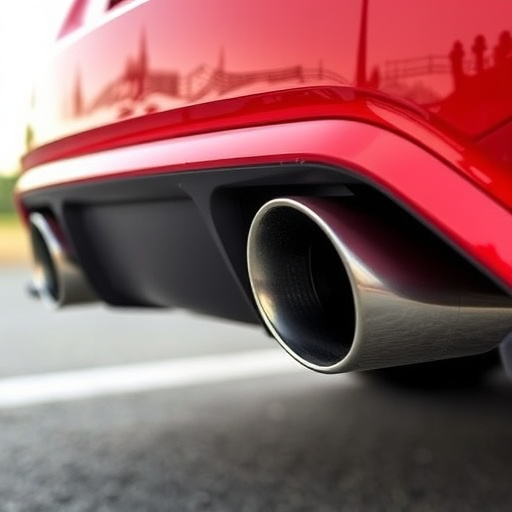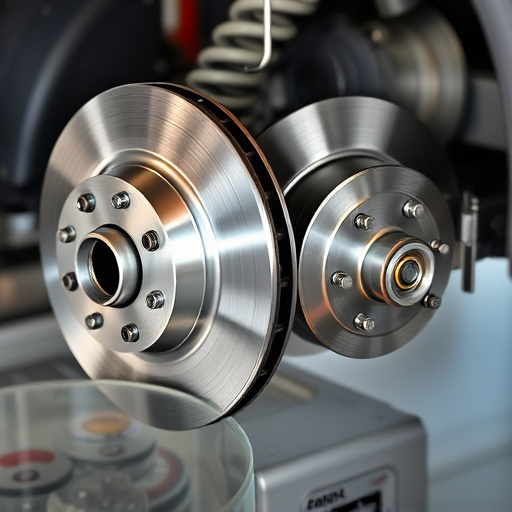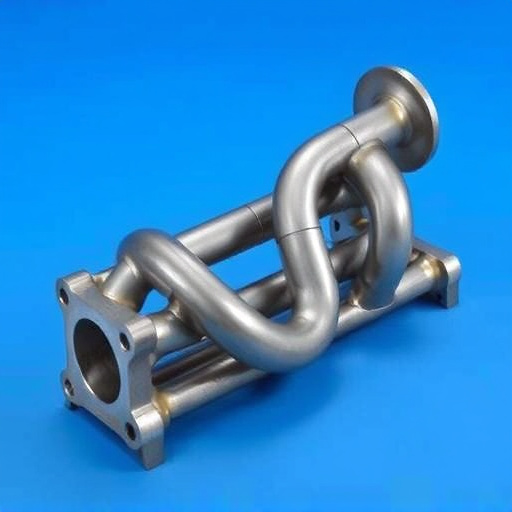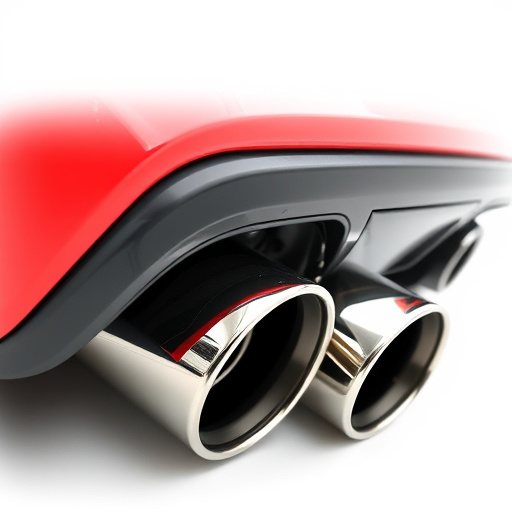A turbocharger system enhances engine performance by forcing more air into combustion chambers via its core components—turbine, compressor, and intercooler. This increases power, torque, acceleration, and efficiency while being lighter and more compact than superchargers. Proper tuning is essential for seamless power delivery. When designed to complement stock engine management, a turbocharger system boosts power output while preserving responsiveness, drivability, and compatibility with other vehicle systems. It also optimizes fuel economy through efficient combustion. Installation requires consideration of compatibility and precise tuning for reliable performance under various driving conditions.
“Unleash your vehicle’s hidden power with a turbocharger system that matches stock engine management. This comprehensive guide explores the intricate world of turbocharging, delving into its core functionality and how it synergizes with existing engine controls. For performance enthusiasts, understanding this integration offers key insights. We’ll break down the benefits and technical aspects, guiding you through the process of enhancing your car’s performance while ensuring optimal efficiency.”
- Understanding Turbocharger Systems and Their Functionality
- Matching Stock Engine Management: A Technical Deep Dive
- Benefits and Considerations for Performance Enthusiasts
Understanding Turbocharger Systems and Their Functionality
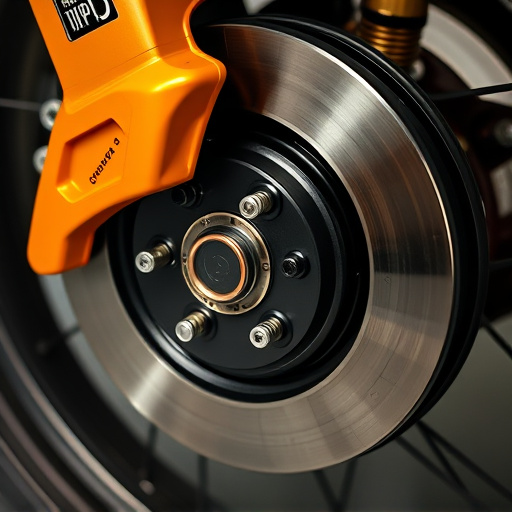
A turbocharger system is a powerful component that enhances an engine’s performance by forcing more air into the combustion chamber. This process increases the engine’s power and torque, leading to improved acceleration and overall efficiency. At its core, a turbocharger comprises several key parts: a turbine, compressor, and intercooler. The turbine spins when exhaust gases from the engine pass through it, driving the compressor which, in turn, forces more air into the intake components. This additional oxygen-rich air allows the engine to burn fuel more efficiently.
Unlike superchargers that rely on an engine’s belt or shaft for power, turbocharger systems harness the existing exhaust gas flow, making them lighter and more compact. While enhancing performance, turbos also require careful management of the intake air temperature, which is where intercoolers play a crucial role by cooling the compressed air before it enters the engine. This ensures optimal combustion and protects against knocking or pre-detonation, particularly at high RPMs. Proper tuning of the turbocharger system, including the design and configuration of muffler tips and suspension components, is essential to match the stock engine management for a seamless power delivery across the entire RPM range.
Matching Stock Engine Management: A Technical Deep Dive
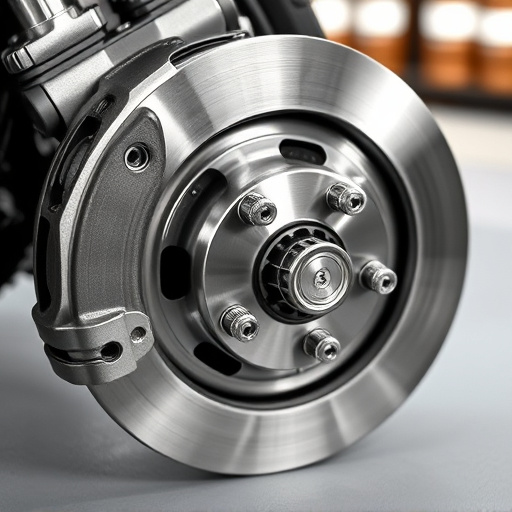
When designing a turbocharger system that matches stock engine management, engineers must delve into the intricacies of the vehicle’s existing control systems. This involves understanding how the original equipment manufacturer (OEM) calibrates and controls various parameters like fuel injection, ignition timing, and engine load. By aligning with these settings, the turbocharger can seamlessly integrate without compromising vehicle performance or introducing unwanted artifacts.
A detailed analysis of the OEM’s engineering documents and software is crucial to replicate the stock management accurately. This includes studying the engine control unit (ECU) maps, sensor signals, and feedback loops. Additionally, ensuring compatibility with the vehicle’s other systems, such as the braking pads and suspension kits, is essential for a holistic performance improvement. By carefully matching these aspects, the turbocharger system can enhance power output while maintaining responsiveness and drivability.
Benefits and Considerations for Performance Enthusiasts
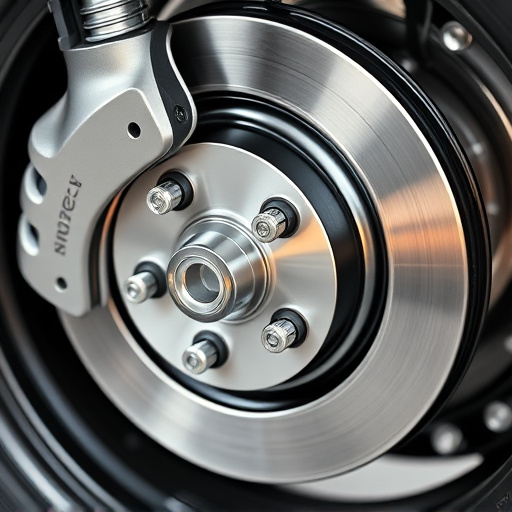
For performance enthusiasts, a turbocharger system that matches stock engine management offers a unique blend of benefits. Firstly, it enhances power and torque output, providing an instant surge in acceleration and top-end speed. This is achieved by forcing more air into the engine, allowing for increased combustion efficiency. Additionally, a well-matched turbocharger system can improve fuel economy, as it optimizes the air-fuel mixture, leading to cleaner burns and reduced fuel waste.
Considerations for installation include ensuring compatibility with existing hardware, such as performance brakes, exhaust mufflers, and air filter kits, without compromising their functionality. Balancing the turbocharger’s boost pressure against the engine’s capabilities is crucial to prevent damage or efficiency loss. Moreover, proper tuning and calibration are essential to maintain optimal performance and reliability, ensuring the vehicle runs smoothly under all conditions.
A well-tuned turbocharger system that matches stock engine management offers a powerful combination for performance enthusiasts. By understanding the intricacies of these systems and their ability to replicate factory settings, car owners can unlock enhanced performance while maintaining reliability. This advanced technology allows for precise control over engine output, making it an attractive option for those seeking a more responsive and efficient driving experience without sacrificing the original vehicle’s integrity.
